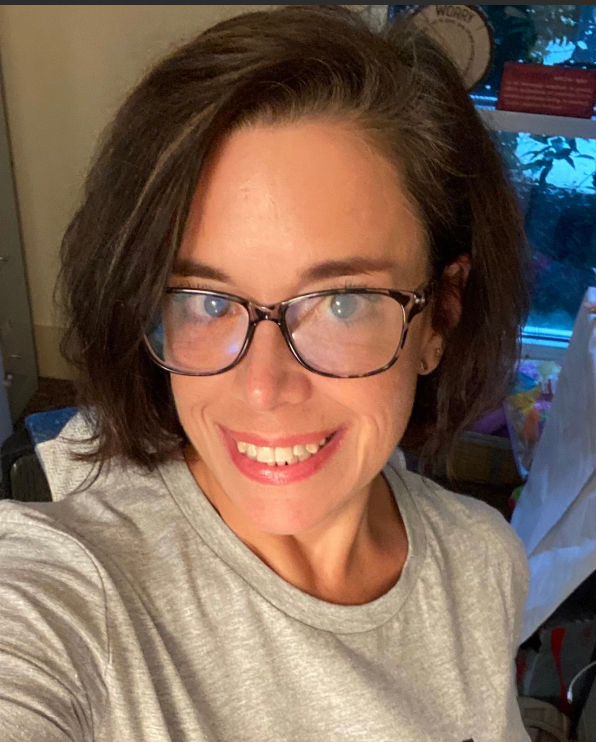Equity through Consensus: Community-Based Action Labs
- ronda.alexander

- Sep 27, 2018
- 3 min read
September 28, 2018
By Ronda Alexander, Vital Village Network

As we began to craft the design for the Networks of Opportunity for Child Wellbeing (NOW) Learning Community, we knew it was important to be intentional about engaging broad community voice from the beginning. The Community-Based Action Lab provided us with an opportunity to get to know each community and to gain a deeper understanding of their approaches to transforming health equity and child wellbeing.
In many cases when organizations or funders provide grants, the process includes a “site visit” during which communities do a “show and tell” of sorts, but we were more interested in providing technical assistance, building trust with each coalition, and developing a thorough understanding of their capacity needs to address health equity for children and their families. While we customized the design for each Community-Based Action Lab with each coalition, they all included three key components: 1) Building a Plan for Implementation; 2) Understanding the Current Situation; and 3) Leveraging the Learning Community.
During the Building a Plan for Implementation section of each Action Lab we worked to clarify the strategies each coalition wanted to work on to address the most pressing health and wellbeing inequities being faced by children in their communities. With each coalition we worked to respond to some variation of this simple question: “How might health inequities in this community be different in 18 months as a result of this coalition’s work?” The goal of this posing this question was to allow the community to reaffirm or revisit their approach to supporting children and families. In some cases, we simply unpacked and reflected on strategies that were previously identified; in others we used a Consensus Workshop, based upon the Institute for Cultural Affairs’ Technology of Participation. After completing this session in each community, we walked away with a clear vision for where and how the coalition wanted to focus their work.
Once a vision was identified, we moved into Understanding the Current Situation. In this section of the Action Lab, we worked to understand the unique landscape of each community. While coming up with the vision can be exciting, conducting an analysis of the existing context in the community is critical to the success of moving forward. In order to help us unpack each community’s landscape we used a SWOT analysis, looking more deeply into the Strengths, Weaknesses, Opportunities, and Threats facing each implementation strategy. This process, usually done in smaller groups, allowed coalitions to celebrate what was working for them both internally and externally, and to identify challenges and barriers they might need to address along their journey to transform health inequities.
Lastly, we worked with each coalition to begin to brainstorm how they might Leverage the Learning Community to achieve their desired outcomes. We wanted communities to take ownership of identifying exactly what information they need to learn or gain; what skills they need to build; and what tools and resources they may need along the way. This section of each Community-Based Action Lab was the most critical, as it will continue to directly impact the design of the learning community. Based on these sessions, we will draft a Technical Assistance Action Plan to begin to identify how we might engage external partners to support the learning community and how we will leverage the strengths and expertise of members of the NOW Learning Community to support peer learning across the group.
We are so excited about the start of the NOW Learning Community and are eager to keep learning from this amazing group of coalitions. While we have taken the lead in convening this learning community, we are by no means the holders and keepers of all wisdom concerning health equity and child wellbeing. We intend to support community coalitions in building their capacity to 1) engage a broad and diverse group of stakeholders, 2) use data to tell their stories, 3) engage with municipal and state level policy makers, and 4) continue to grow and sustain their work over time, all through the lens of equity and human-centered design. The Community-Based Action Labs served as our first strategy to do this work in collaboration with community coalitions, and we cannot wait to see what the next 18 months will have in store for our partner communities and our own learning.








Comments